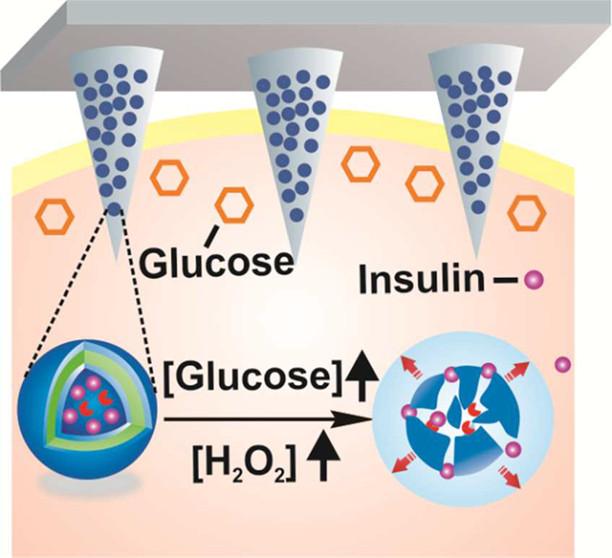How much alcohol an elderly person drinks each week is linked to their brain structure and risk of stroke, for better and for worse, according to a study of more than 3,000 senior citizens, published in the September issue of Stroke: Journal of the American Heart Association.
Researchers found that some drinking among the elderly may fight age-related brain injuries, such as silent stroke and white matter disease, but that any level of alcohol intake may shrink brain matter. Silent strokes are strokes in which the effects are too subtle to be noticed when they occurred. White matter disease comprises tiny areas of age-related injury in the tissue that makes up most of the brain.
The study found that elderly people who drink one to six drinks a week (defined as light drinkers) seem to have fewer white matter lesions than either abstainers or those who drink more than 15 drinks a week (moderately heavy drinkers). The bad news is that every drink is associated with greater brain shrinkage, a condition called atrophy, says lead researcher Kenneth J. Mukamal, M.D., M.P.H., an instructor at Harvard Medical School and associate in medicine at Beth Israel Deaconess Medical Center in Boston.
Researchers studied 3,376 individuals over age 65, who were part of a nationwide study called the Cardiovascular Health Study (CHS). The current study is the most comprehensive look at moderate alcohol use and these types of "silent" brain abnormalities, he says. Previous studies generally focused on heavy drinking or on symptomatic stroke.
The researchers used magnetic resonance imaging (MRI), a non-invasive way to visualize tissue, to get pictures of the participants� brains. They assessed alcohol use by asking participants how often they had 12-ounces of beer, six ounces of wine or shots of liquor.
As for silent strokes, moderately heavy drinkers (more than 15 drinks a week) were 41 percent less likely (or a .59 odds ratio) to have silent strokes compared to abstainers.
As for white matter disease, light drinking was associated with less white matter disease, but moderately heavy drinking was associated with more white matter disease. Compared with non-drinkers, light drinkers were 32 percent less likely (or a .68 odds ratio) to have injured areas in their white matter.
Mukamal and colleagues previously found that small areas of injury and scarring in the white matter correlate with impaired intellectual ability and motor skills such as opening a lock, buttoning a shirt and walking. They also showed that silent strokes and greater brain atrophy are associated with poorer brain function.
Brain atrophy means the brain matter has shrunk, often because brain cells are dying or dead. The cells may die because they are injured by alcohol.
But even at low doses, alcohol consumption was associated with greater brain atrophy.
"Overall, we found that non-drinkers have the most strokes and white matter disease," says Mukamal. "Light-to-moderate drinkers have fewer strokes and the least amount of white matter disease, but somewhat greater atrophy. Moderately heavy drinkers have the fewest strokes but more white matter disease and the most atrophy."
Mukamal explains that much of alcohol�s protective effect against strokes is thought to stem from its ability to raise levels of high-density lipoprotein cholesterol (HDL), the so-called good cholesterol carrier. In addition, alcohol is known to be a mild blood thinner, so it could offer protection from silent strokes caused by tiny blood clots in the brain, he says.
Brain atrophy and drinking were linked in a dose-dependent manner, suggesting that even low levels of alcohol use may contribute to brain shrinkage, he notes. Many studies have shown that alcoholics have marked brain shrinkage and those studies were usually done in people younger than those who participated in this one. "What we�re seeing, particularly for atrophy, is likely to be true for younger people and older people," he says.
The American Heart Association recommendations suggest that if you do drink alcohol, you do so in moderation. This means an average of one to two drinks per day for men and one drink per day for non-pregnant women. (The association defines a drink is one 12 oz. beer, 4 oz. of wine, 1.5 oz. of 80-proof spirits, or 1 oz. of 100-proof spirits.) People who drink moderately have heart disease less often than nondrinkers. However, when people do drink more alcohol, health dangers increase. These include alcoholism, high blood pressure, obesity, stroke, breast cancer, suicide and accidents. Given these and other risks, the association cautions people NOT to start drinking, if they do not already drink alcohol. Consult your doctor on the benefits and risks of consuming alcohol in moderation.
Other researchers were W.T. Longstreth, Jr. M.D., M.PH.; Murray A. Mittleman, M.D., Dr.PH, Rosa M. Crum, M.D., M.H.S.; and David S. Siscovick, M.D., M.PH.
Source: American Heart Association










